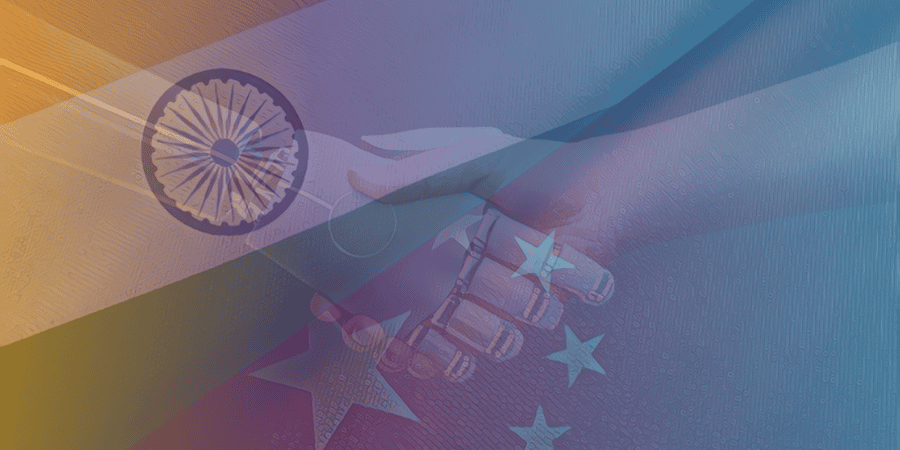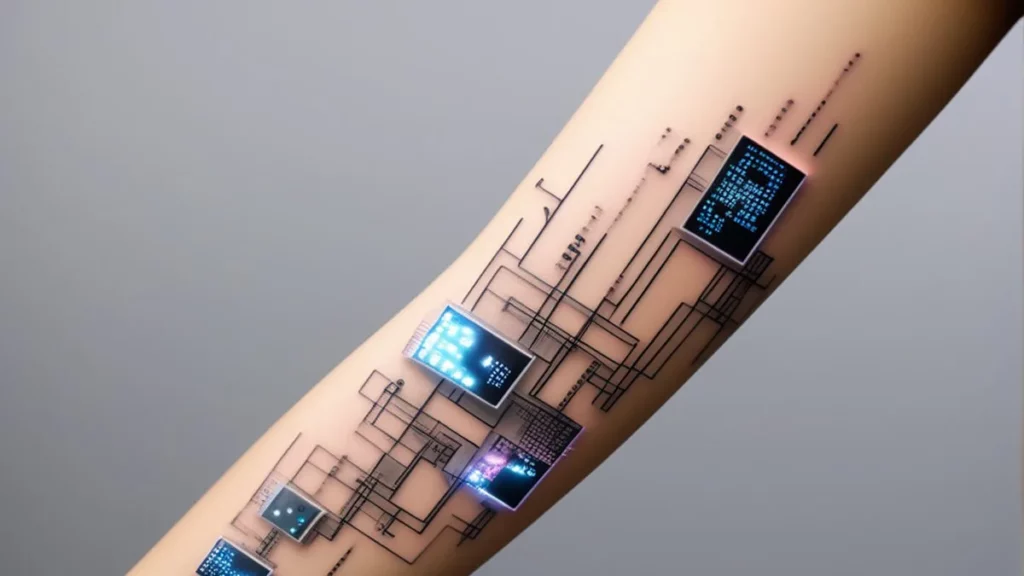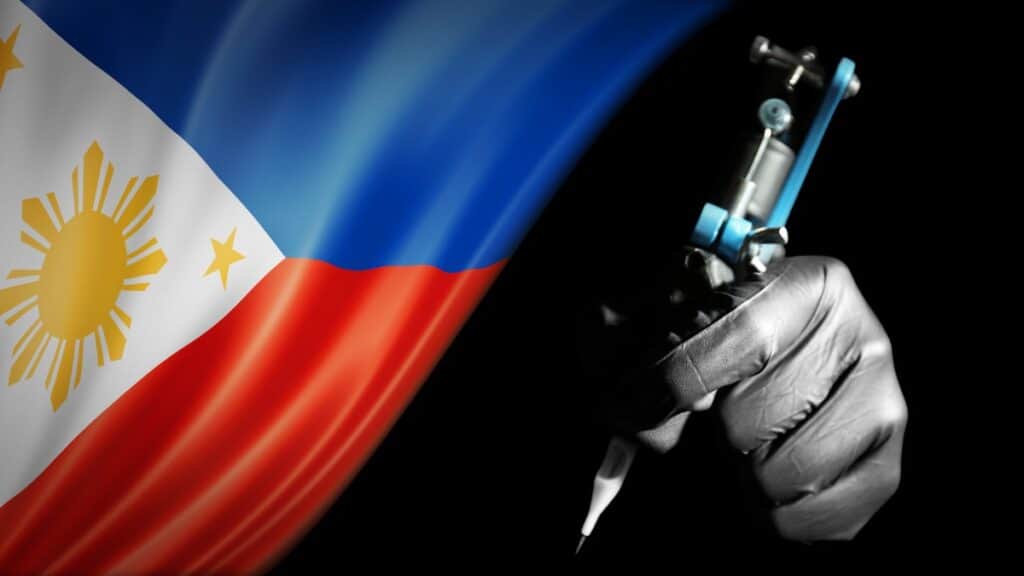Key Takeaways
- China's Cyberspace Administration has proposed new guidelines aimed at prohibiting large language models from generating content that could subvert state power or advocate for the overthrow of the country's communist political system.
- AI developers operating in China will now have to submit their products to a government security review before public release and ensure all AI-generated content is clearly labeled.
- India's Ministry of Electronics and Information Technology announced that the government has no plans to regulate artificial intelligence (AI), viewing it as a "kinetic enabler of the digital economy" that can strengthen entrepreneurship and business.
- US lawmakers have expressed concerns about Chinese-made AI models, describing them as weapons that could be used to perfect an Orwellian techno-totalitarian surveillance state.
- Both China and the US face distinct challenges as they race to lead in AI technology, with China's increasingly cautious regulatory environment leading to a relative slowdown in AI advancement compared to the US and India's commitment to a hands-off AI approach potentially attracting ambitious technologists.
China’s top digital regulator, the Cyberspace Administration of China (CAC), has proposed new guidelines aimed at prohibiting large language models like ChatGPT from generating content that could subvert state power or advocate for the overthrow of the country’s communist political system.
Experts suggest that these new guidelines demonstrate China’s eagerness to extend its hardline online censorship to generative artificial intelligence.
AI developers operating in China will now have to submit their products to a government security review before public release and ensure all AI-generated content is clearly labeled.
Chatbots must verify users’ identities, and developers are obligated to ensure content served by AI is factual and non-discriminatory.
However, the guidelines diverge from global norms when it comes to potentially subversive political content.
Critics fear the new regulations could lead to a clampdown on foreign articles translated by chatbots or suggestions for internet users to use VPNs or other tools to bypass China’s Great Firewall content filter.
China’s top digital regulator, the Cyberspace Administration of China (CAC), has proposed new guidelines aimed at prohibiting large language models like ChatGPT from generating content that could subvert state power or advocate for the overthrow of the country’s communist political system.

India’s Reluctance to Regulate AI
In contrast, India’s Ministry of Electronics and Information Technology announced that the government has no plans to regulate artificial intelligence (AI).
This bold proclamation comes just one week after over 500 AI experts signed an open letter urging AI labs to pause the development of new GPT-4 style large language models, citing potential risks to society and humanity.
India’s government acknowledges ethical concerns surrounding AI, such as bias and transparency, but it views AI as a “kinetic enabler of the digital economy” that can strengthen entrepreneurship and business.
While officials are working on standardizing responsible AI guidelines, the government is not considering any legal measures to regulate AI growth in the country.
US and China’s AI Rivalry
US lawmakers have expressed concerns about Chinese-made AI models, describing them as weapons that could be used to perfect an Orwellian techno-totalitarian surveillance state.
Meanwhile, Chinese regulators have voiced similar concerns about potential political interference attributed to US-made AI chatbots.
As both countries race to lead in AI technology, they face distinct challenges.
China’s increasingly cautious regulatory environment has led to a relative slowdown in AI advancement compared to the US.
On the other hand, India’s commitment to a hands-off AI approach may attract ambitious technologists who feel constrained by a potentially cautious regulatory environment in the US and other countries.








